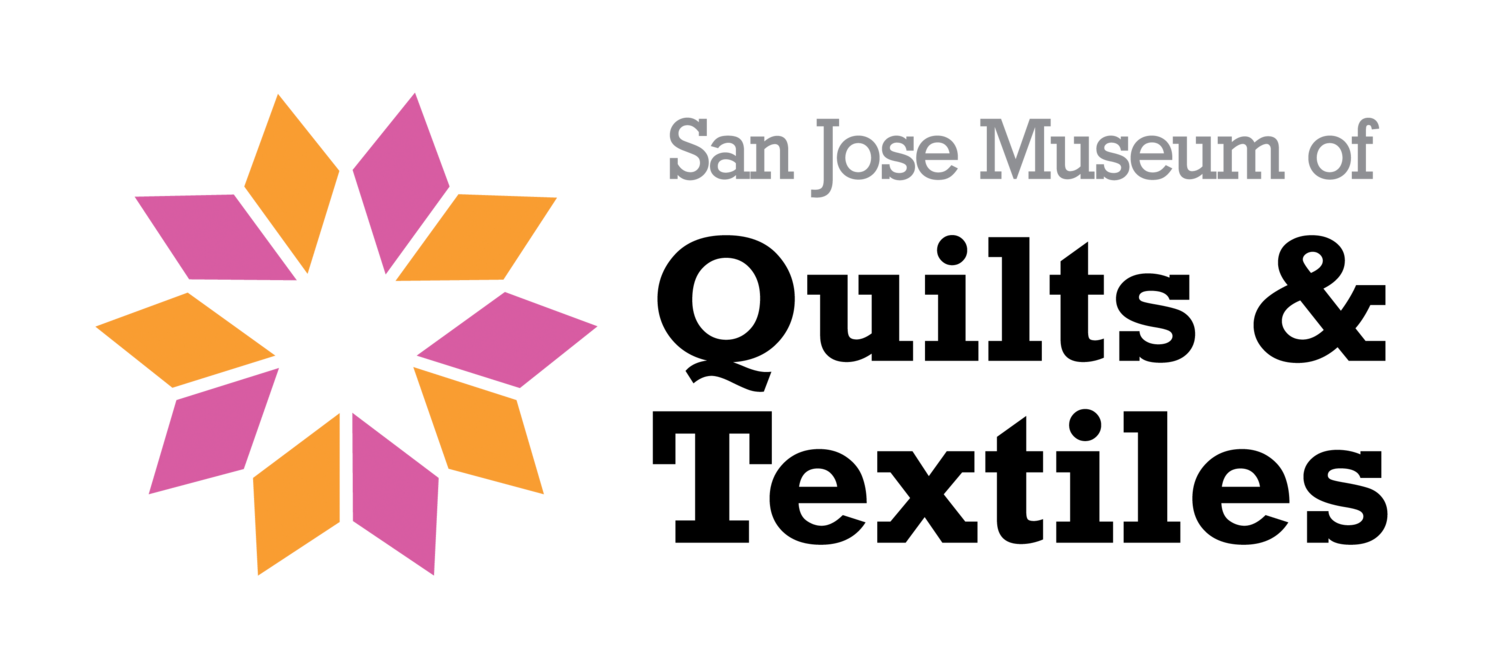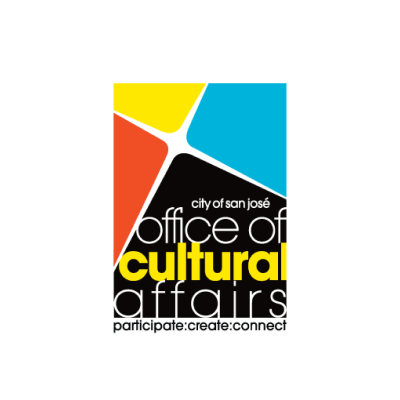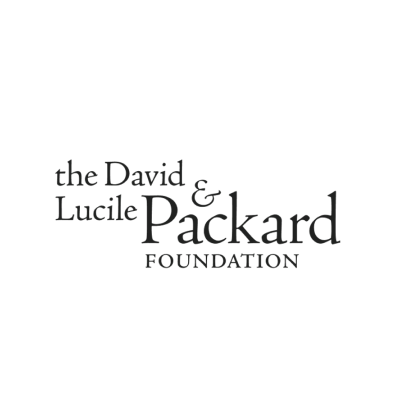Weaving our community together
on the World Day for Cultural Diversity!
World Culture Day takes place every year on May 21st. It was established in 2002 by UNESCO and aims to raise awareness and understanding around the world on many cultural topics such as cultural development, sustainable cultural government, cultural exchange, and human rights.
It is a day to celebrate cultural diversity on a global scale, but also on a local scale. The communities in San Jose and the larger Bay Area are made up of a huge diversity of cultures from countless nations. For this year’s celebration, the San Jose Museum of Quilts & Textiles has prepared this activity so you can weave together the colors of the flags that represent the cultural heritage of your community!
While you're working on this project, try to find information about the colors. What counties have them in their flag and what do you know about these countries? What meanings do these colors have? Are those meanings the same across different flags?
_
¡Tejamos nuestra comunidad para el Día Mundial
de la Diversidad Cultural!
El Día Mundial de la Diversidad Cultural tiene lugar cada año en el 21 de mayo. Fue establecido por UNESCO para aumentar concienciación y entendimiento sobre temas como desarrollo e intercambio cultural, gobierno cultural sostenible y derechos humanos.
Es un día para celebrar la diversidad cultural en una escala mundial, pero también local. Las comunidades de San José y el Bay Area en general se componen de una diversidad cultural inmensa desde innumerables naciones. Este año, para celebrar el Día Mundial de la Diversidad Cultural el Museo de Edredones y Textiles de San José ha preparado esta caja para que pueda tejer los colores de las banderas que representan la herencia cultural de nuestra comunidad.
Mientras trabaja en este proyecto de arte, intente encontrar información sobre los colores. ¿Qué países los tienen en su bandera y qué sabe sobre estos países? ¿Cuáles significados tienen los colores de estas banderas? ¿Es el significado de cada color lo mismo en cada bandera?









































































